When you think of fruits that start with H, what comes to mind? Honeydew, huckleberry and heirloom tomatoes are some of the best known H-fruits.
However, there are also a lot of other fruit that begins with the letter H. They may not be commonly known but you can be sure that they are tasty.
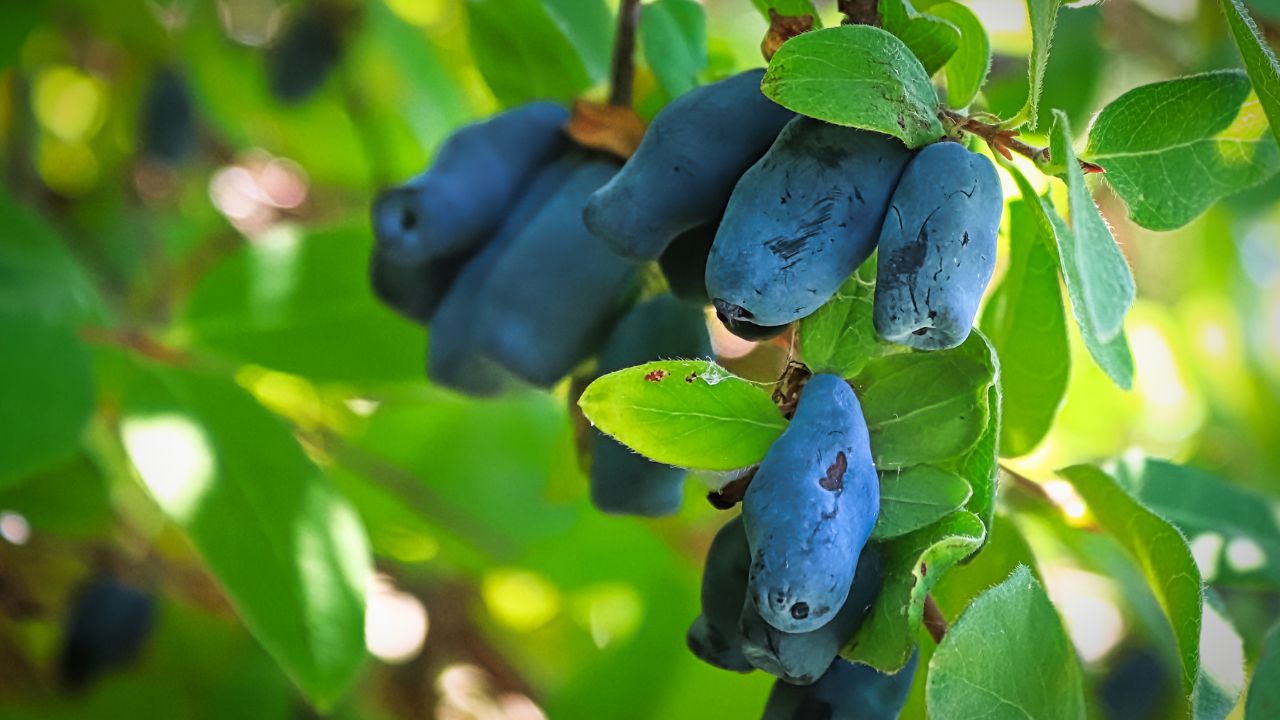
Here is our list of the 18 best fruits that start with H.
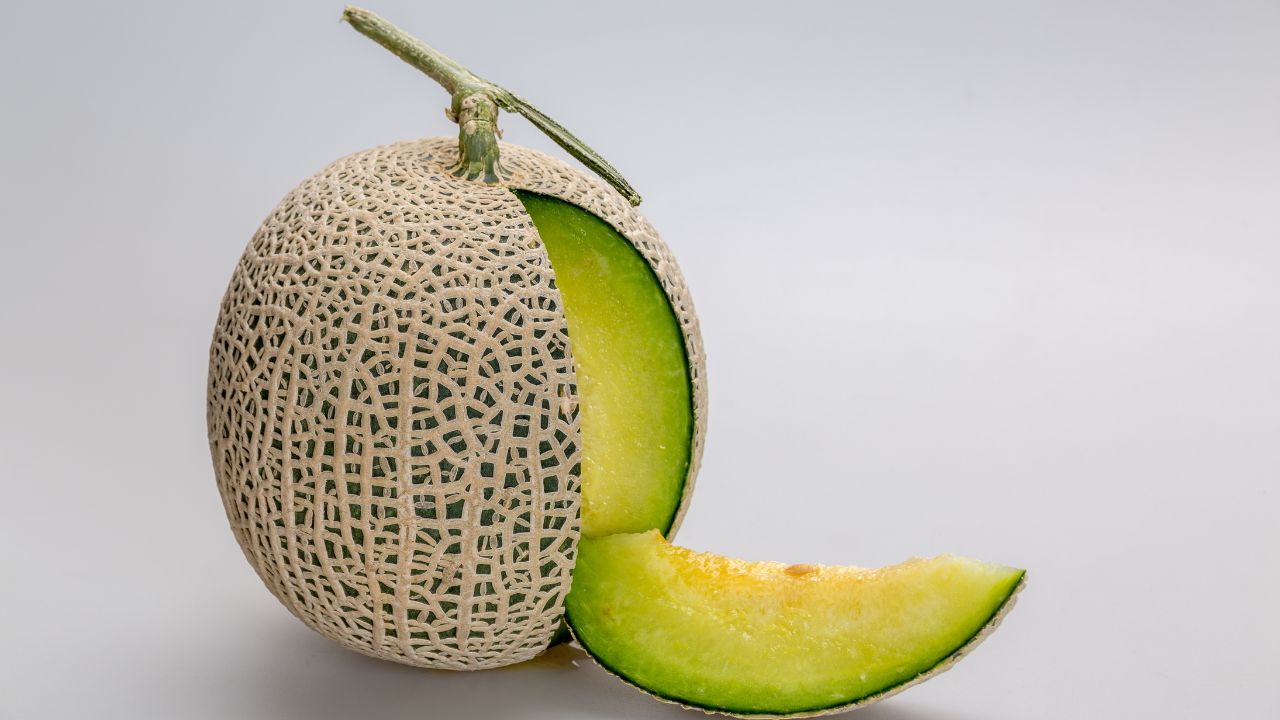
1. Honeydew
One of the most famous fruits starting with the letter H is the honeydew melon. These beautifully sweet melons are juicy and perfect for a summer dessert.
Honeydew has a high water content with a very small amount of calories. This makes it ideal for fruit salads.
Alternatively, you can also eat honeydew melon raw. Just cut it into slices and scoop out the white flesh.
2. Hackberry
While hackberry trees are very common around North America, the actual berries are mostly known because they are difficult to harvest.
Hackberries grow high up in the tree where you would struggle to pick them. However, these small purple berries have a sweet taste with a crunchy skin.
Researcher believe that hackberries have been a popular food with people for thousands of years.
3. Heirloom Tomatoes
Heirloom tomatoes are the type of tomatoes that are believed to be closest to the traditional type of tomatoes.
There are many varieties of heirloom tomatoes, and there are also strict rules that tomato can be labelled as an “heirloom”. The seed of an heirloom tomato has to be traced back to latest 1951.
Generally, this kind of tomato doesn’t have uniform red color as the red in most tomatoes is part of a genetic mutation.
However, heirlooms are beautifully sweet. You will find them only grown locally because they don’t travel well.
But if you want to enjoy some heirloom tomatoes, you can also grow your own. These tomato plants are relatively easy to grow.
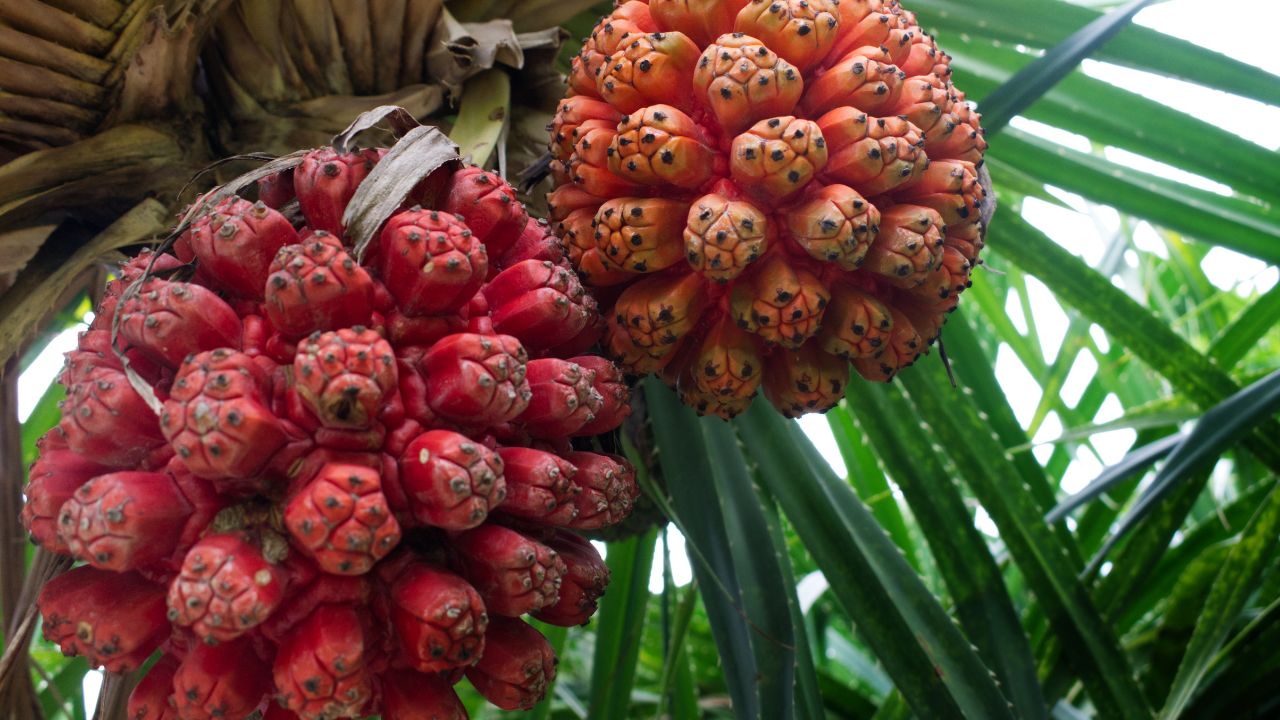
4. Hala Fruit
Hala fruit is typically grown in countries with a tropical climate, such as parts of Southeast Asia, some Pacific islands, as well as Hawaii and Florida.
Hala fruit has a sweet, mild taste which is said to be a mix of mango and pineapple. However, hala isn’t easy to peel, so it’s tough to get to the actual flesh.
The fruit has the appearance of an unusually green pineapple. Some also compare it to a large pine cone.
The skin of the fruit is usually green with a white, edible pulp on the inside.
5. Huito
The huito fruit grows on the Jagua tree in the rainforests of Mexico, South America and some parts of the Caribbean.
Huito is harvested by the natives for its edible fruit which can be made into jelly, drinks, sherbet and even ice cream
This fruit starting with the letter H has a brownish to green skin with a white flesh. It contains seedy pulp which is usually removed before peeling out the soft flesh.
6. Hardy Kiwi
Many kiwi varieties don’t grow in cooler climates. The hardy kiwi can also be grown and harvested in cold regions.
However, these kiwi fruits are smaller and they don’t have the fuzzy skin that most other kiwis have. It is the same size of a cherry tomato.
Despite its name and the kiwi origins of New Zealand, this hardy fruit comes originally from countries like Japan, Korea and China.
Hardy kiwis taste super sweet and you can use them to make jams, jellies and other preservatives. They are also a great addition to a fruit salad.

7. Huckleberry
Huckleberries are often mistaken for blueberries because they have a very similar appearance. These small berries are purplish, blue in color.
This being said, they have a slightly different taste to the classic blueberry. Huckleberries only have a hint of sweetness with a tart flavor.
Huckleberries ripen until late summer. This means that you can pick them some time in August.
While you can eat them raw, they are a perfect fruit to be added to muffins, pies and preserves.
8. Honey Crisp Apples
Apples have been a popular fruit for thousands of years. Different cultures throughout history grew different varieties of apples.
Today, there are over 2,500 apple varieties grown in the United States, and many more across the rest of the world.
The honeycrisp apple is one of the most popular US apples. It was first cultivated by the University of Minnesota in the 1960s. However, commercial sales only started in the 1990s.
This beautiful apple has its name from the tasty crunch when you bite into it and the golden color of the skin.
Honey crisp apples are bright red with a slight green and yellow color. It tastes and smells wonderfully sweet.
You can eat these apples raw plucked from the tree or use them as cooking apples for muffins, cakes and pies.
9. Hairless Rambutan
The hairless rambutan is a variety of the tropical rambutan fruit without hair. It is native to Malaysia and Indonesia.
These fruits taste super sweet, similar to lychee. You can eat it straight off the tree or make it into a sweet dessert.
Hairless rambutan has a red skin on the outside and white flesh with a large stone on the inside.
As it is just a locally grown fruit, hairless rambutan is only sold in Indonesia and Malaysia.
10. Hawaiian Mountain Apples
As the name suggests, Hawaiian mountain apples are most commonly cultivated in Hawaii. However, they are native to Malaysia.
These apples were only brought to Hawaii by Polynesian settlers.
Hawaiian mountain apples are shaped like a bell and they have a strong dark red color. These crisp apples are super sweet which makes the fantastic baking apples.
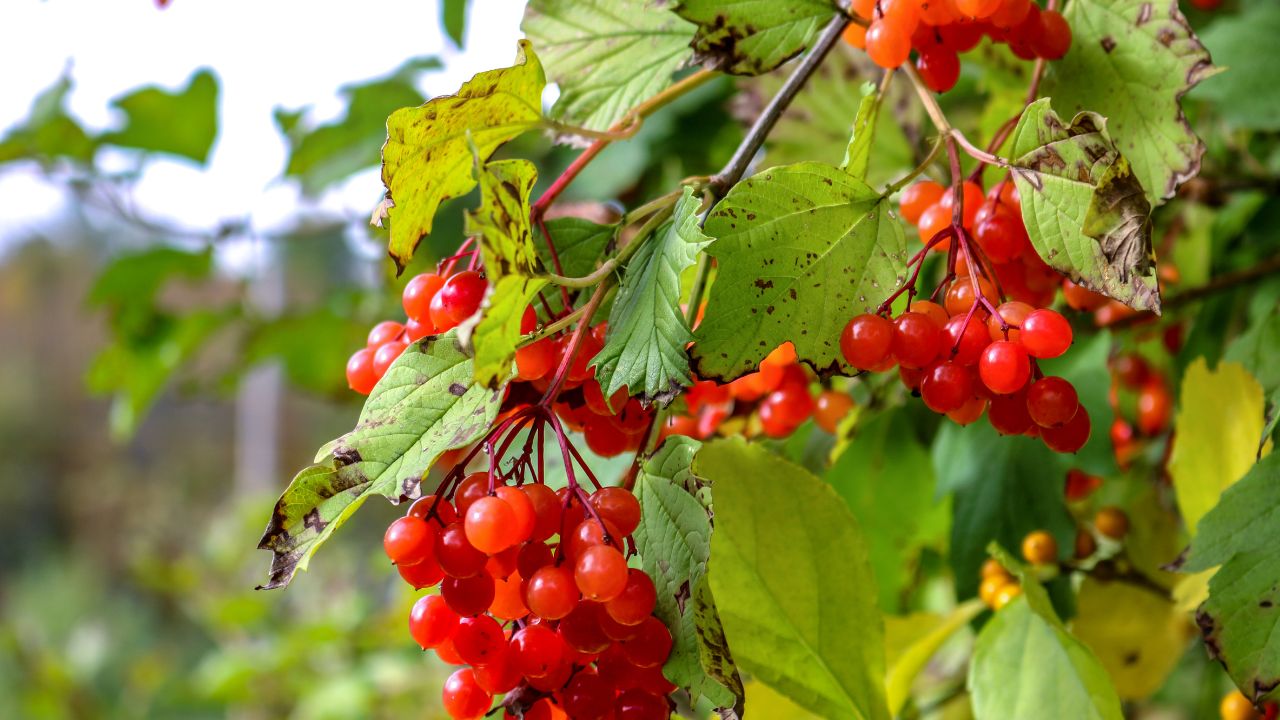
11. Highbush Cranberries
While highbush cranberries taste and look like cranberries, they aren’t actually from the same family as cranberry fruits.
Instead, highbush cranberries come from a honeysuckle plant that grows in bushes. However, the fruit grows relatively high up, so it’s not easy to pick them.
You can eat highbush cranberries raw but they don’t have a very pleasant taste. In fact, they are very acidic and tart in flavor.
This being said, this depends on when you pick the fruit. When highbush cranberries are harvested after a frost, they are said to taste nicer.
12. Hyuganatsu
Hyuganatsu fruit look like an orange in shape but a lemon in color. These Japanese fruits are often used for adding flavor to desserts, such as sorbets, cookies, cakes and custard.
In Japan, hyuganatsu citrus fruits are also added to sake, smoothies and beer.
The name hyuganatsu comes from the combination “Hyuga”, which is the old name of the Miyazaki prefecture, and “natsu” which means summer.
13. Honeyberries
Honeyberries resemble long blueberries. The honeyberry plant originally comes from Russia which it is a staple food.
These small berries are resistant to extremely cold temperatures. However, they still taste much like blueberries and raspberries.
This makes them perfect for adding into almost any berry recipe. You can also eat them raw or turn them into preserves.
Honeyberries are also said to be better than blueberries because they contain a larger amount of vitamin A and C as well as calcium, potassium and antioxidants.
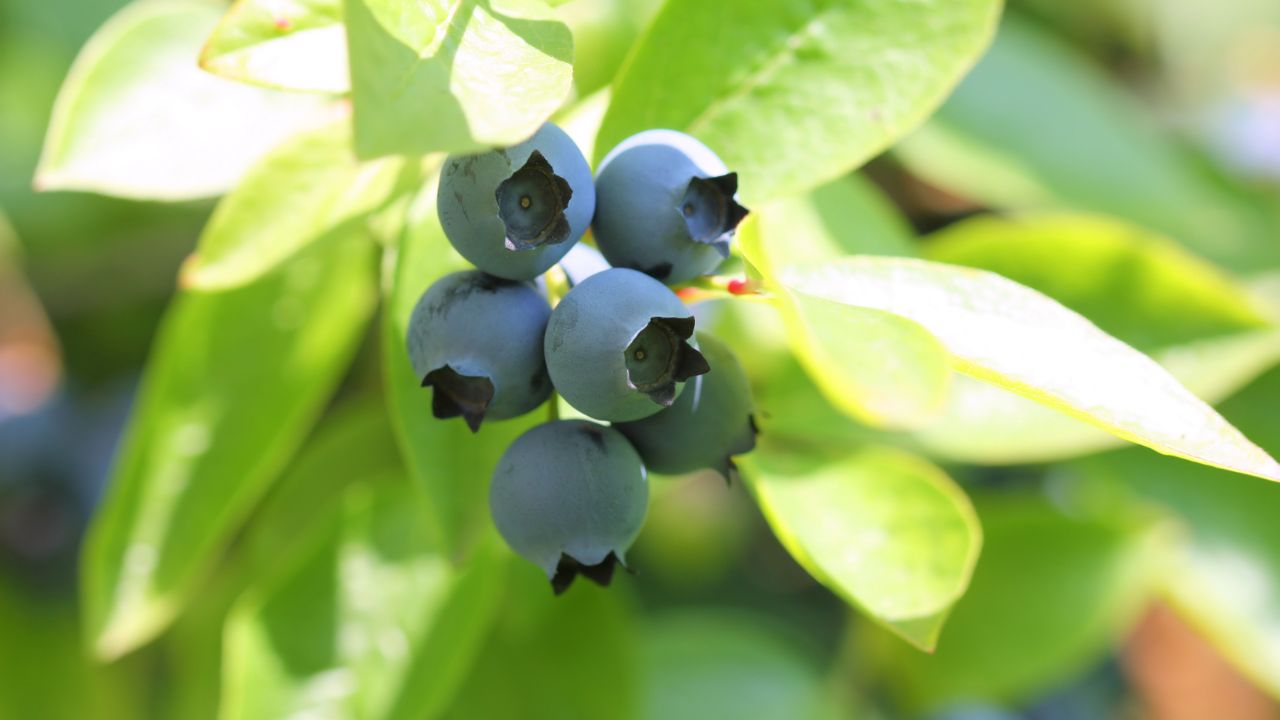
14. Highbush Blueberries
Highbush blueberries are the most common blueberry variety that you will find in your local grocery store.
They are one of the three berries that are native to North America. The other two berries are cranberries and Concord grapes.
You can also find lowbush blueberries which are slightly smaller than the highbush varieties.
Plus, highbush blueberry plants are deciduous shrubs that grow blue-green leaves. Highbush blueberries are easier to pick and they grow more abundantly.
15. Hog Plums
A hog plum doesn’t like quite the way you expect a plum fruit to look. As they have a tough skin, you wouldn’t usually eat this plum directly from the tree.
Native to the tropical Americas, hog plums are well known by locals for their medicinal properties. This fruit is said to help with digestive issues, cold, rheumatism and gonorrhea.
Also known as yellow mombin or Spondias mombin, hog plums are actually small mangos that have a similar flavor to other mango varieties.
16. Horned Melon
Horned melon is a strange-looking fruit that typically grows in regions of Central and South Africa, where it is also known as Kiwano melon.
This tasty fruity has an orange-colored skin with small spikes. The flesh is bright green and juicy.
Horned melon is rich in antioxidants and vitamins. This does not just make it a healthy treat but you can also add it into both sweet and savory dishes, including desserts and drinks.
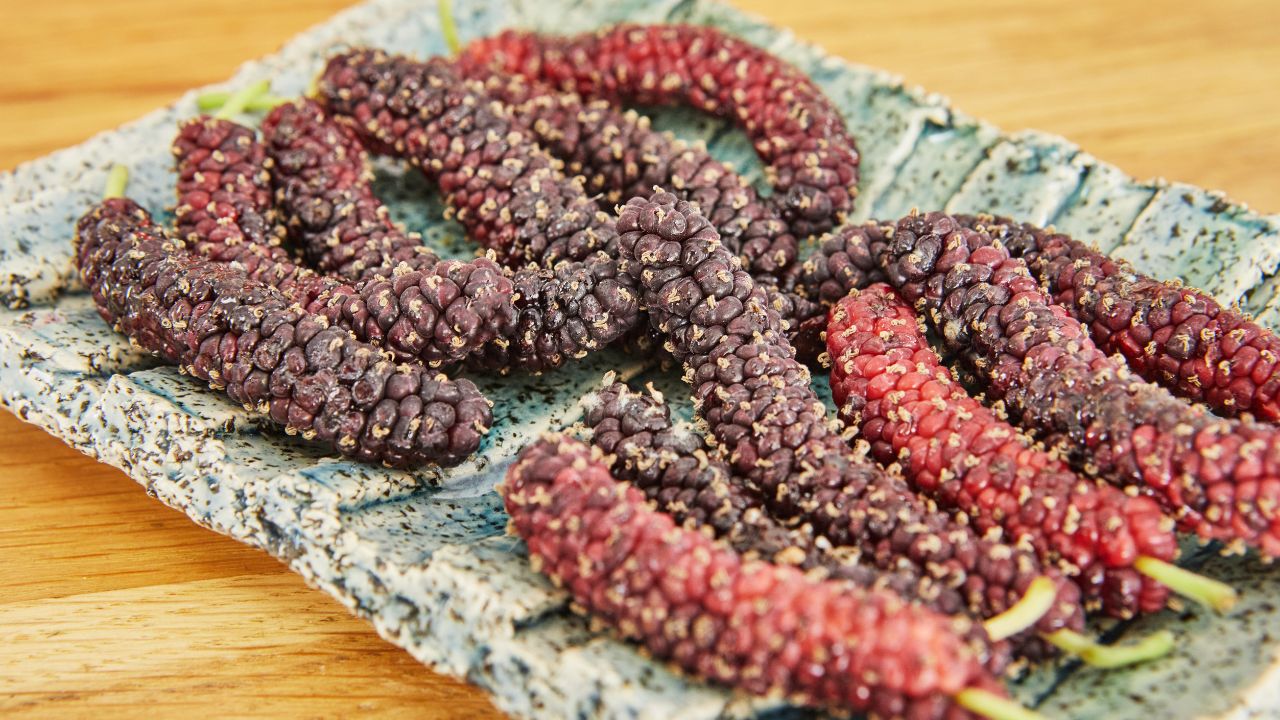
17. Himalayan Mulberries
Native to the remote regions of the Himalayan mountains, this mulberry fruit is relatively rare. This being said, it has recently spread across China and India.
Himalayan mulberries are purple berries that have an elongated shape.
While the tree is easy to grow, the berries aren’t usually sold anywhere else in the world because they have an extremely short shelf life.
18. Hottentot Fig
The Hottentot fig is an extremely sour fig native to South Africa. Its sour taste makes this type of fig more unusual in the world of tasty figs.
While you can try to eat the Hottentot fig raw, it’s best enjoyed either dried or turned into jam or jelly.
Frequently Asked Questions
What Part Of The Hala Fruit Is Edible?
Hala fruit isn’t commercially available around the world. The fruit is usually eaten by natives in the Pacific islands.
Hala fruit looks like a cone with small individual cones. Its inner flesh is pulpy but the outer skin is fibrous and often used as dental floss.
What States Do Huckleberries Grow In?
Huckleberries grown in Washington, Montana, Idaho and Oregon.
They are very common around the Northwestern National Forests and the Pacific Northwest, as well as parts of the Rocky Mountains.
How To Eat Hyuganatsu?
Hyuganatsu is similar to a lemon. You can peel the yellow outer skin which leaves the white flesh.
This tasty fruit is ideal for adding a little bit of sour flavor to your dishes or cocktails.
Final Thoughts
From heirloom tomatoes to tart huckleberries, there are so many tasty fruits that start with H.
- 15 Traditional Greek Breads - July 31, 2023
- 30 Delicious And Gluten-Free Cookie Recipes - July 29, 2023
- 30 Of The Best European Desserts - July 29, 2023
